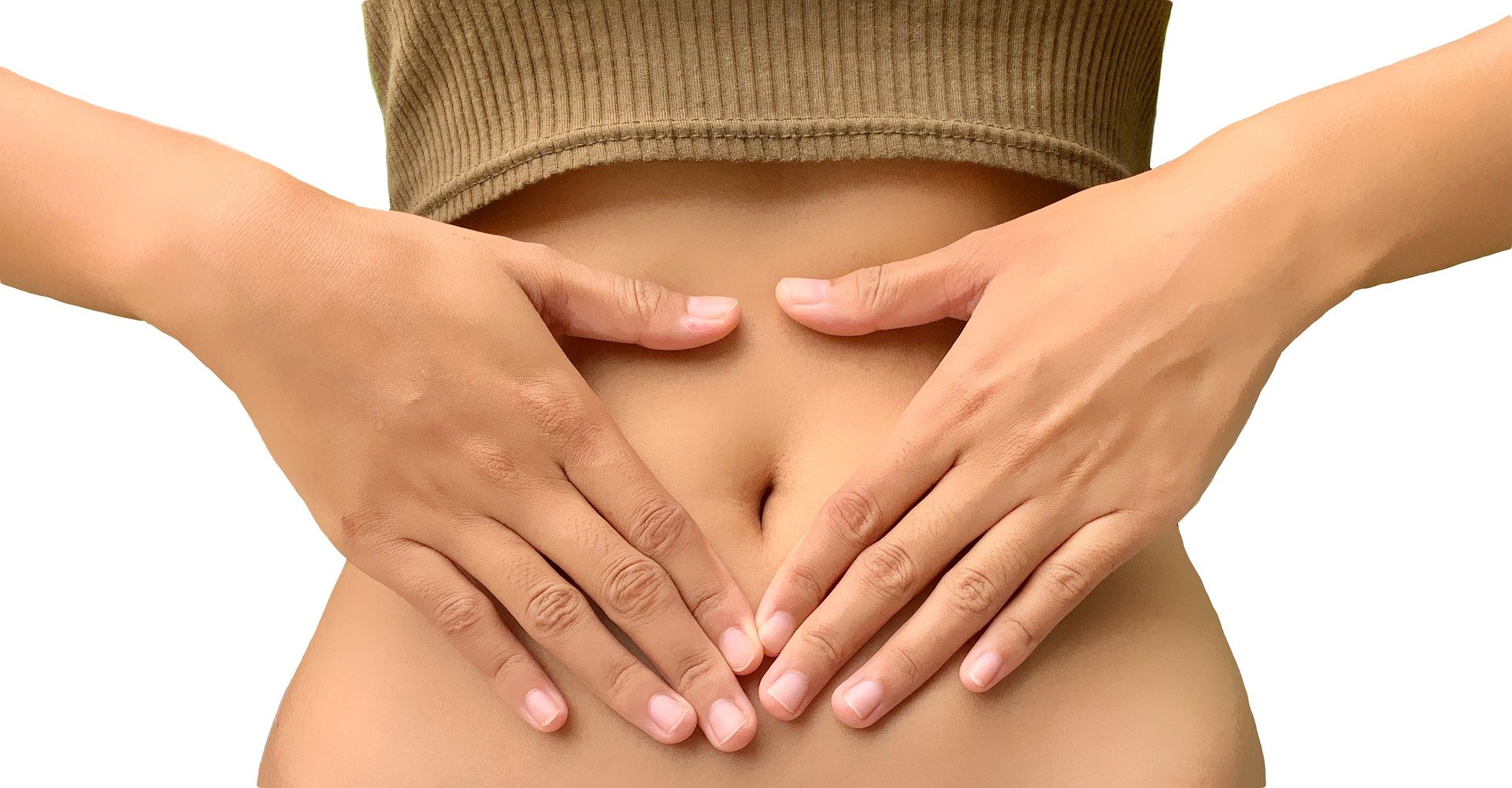Nowadays, leading a healthy lifestyle has become extremely popular. Undeniably, everyone wants to choose the best nutritional products since the condition of our health depends on the food we consume in the first place.
Apart from various fashionable diets such as veganism or a gluten-free diet, many people consume products labelled as containing prebiotics or probiotics. Yet, if you look at a variety of foods with prebiotics or probiotics, you might be get really confused trying to understand the meaning of these popular terms. Furthermore, even some food manufacturers do not realise the difference between prebiotics and probiotics and use the terms interchangeably. Still, anyone concerned about their diet should be aware of this difference as prebiotics and probiotics are definitely not the same.
Meet probiotics
When it comes to probiotics, the majority of consumers have at least the slightest idea of what this term might mean. Probiotics are a group of microorganisms that are found inside a body. These are bacteria and yeasts living in guts, vagina and appendix. Some of the most widespread probiotics are Lactobacillus rhamnosu, Lactobacillus casei, Lactobacillus plantarum, Streptococcus thermofilus, Bifidobacterium animalis ssp lactis, Bifidobacterium longum ssp longum and Saccharomyces boulardii,
The most common foods containing probiotics are fermented dairy products such as yogurt, sour cream or cottage cheese as well as various fermented vegetables. The point is that the entire process of fermentation in these products is initialised by proliferation of probiotics. For example, a whole range of Lactobacillus bacteria is responsible for milk fermentation. Yet, you should also be aware of various artificially enhanced nutritional products that also contain probiotics. For example, today you can find candies, chocolate or even bubble gum with probiotics that were added by a manufacturer.
Why should you eat probiotics in the first place?
It has already been proved in multiple studies, that probiotics are not just invisible organisms located in our bodies. The thing is probiotics have a great influence on the environment of the organs in which they can be found. Some characteristics of this environment, especially its acidity, are crucial for proper functioning of our bodies. Scientists are finding more and more diseases including autoimmune ones that can be a result of an excessive antibiotic intake. That is why, if you want to reduce your chances of obesity, allergies, skin conditions and many more, you should reduce the antibiotic intake and include probiotics into your daily diet.
Prebiotics for your probiotics
While the term ‘probiotics’ is well-known to many people, the word ‘prebiotic’ is usually misused. Actually, prebiotics are not even microorganism. Let’s find out then the exact meaning of this term.
As we have already mentioned, a great number of probiotics live in the gut. Despite the fact there are millions of microorganisms in this organ, they are in a state of a constant struggle with each other. Especially it is true for the bacteria that have positive effects on your health and pathogenic bacteria. No only these species are fighting with each other for food and space, but some of them can also change the environment in a very drastic way. For instance, one species might be able of changing the acidity or producing alcohol up to such an extent, that many others will not be able to live under such conditions.
Undeniably, we are interested in maintaining a sufficient ratio of health-beneficial microorganisms but even a regular intake of large amounts of probiotics is not able to change the current population of bacteria and yeasts in your body. In order to do it, you should add prebiotics into your diet as well.
Prebiotics are complex carbohydrates that usually can not be digested by a human body. Such sugar compounds are widely known as fibre, however, fibre can be found into different forms. The first one is soluble and can be found in such products as fruit, vegetables, seaweed and legumes. This type of fibre is helpful for maintaining balance of microbiota of your gut since it is perfect for treating constipation. Yet, the real prebiotics are insoluble fibre. The major food providing prebiotics is whole grains, seeds and nuts.
What is so special in prebiotics? In point of fact, insoluble fibre serves as a construction for holding probiotics in the gut allowing them to multiply in a safer way. It is especially crucial at the stage of food digestion that takes place in the stomach. For example, if you consume a natural yogurt with seeds and nuts, the probiotics of this dairy product will be able to stay safe while being in the stomach acid. Thus, prebiotics ensure that at least a part of the consumed probiotics will actually get into the gut.
As far as you can see, the difference between probiotics and prebiotics is really large and you should understand it in order to benefit from both of these products.

